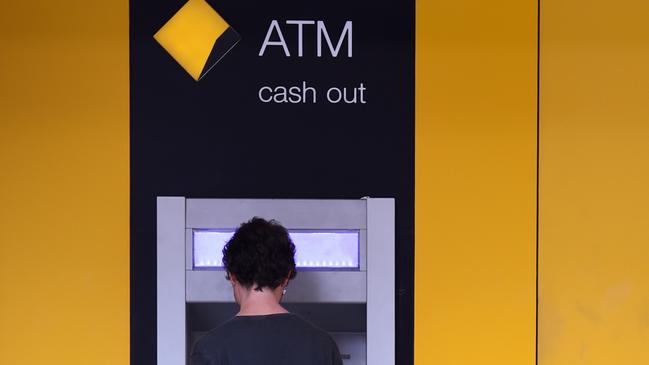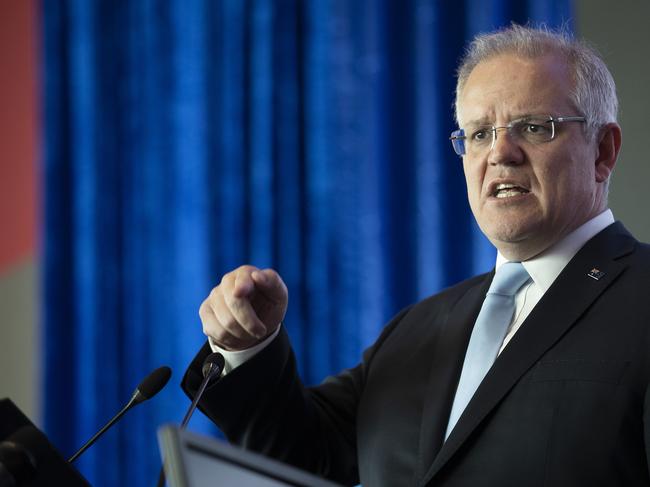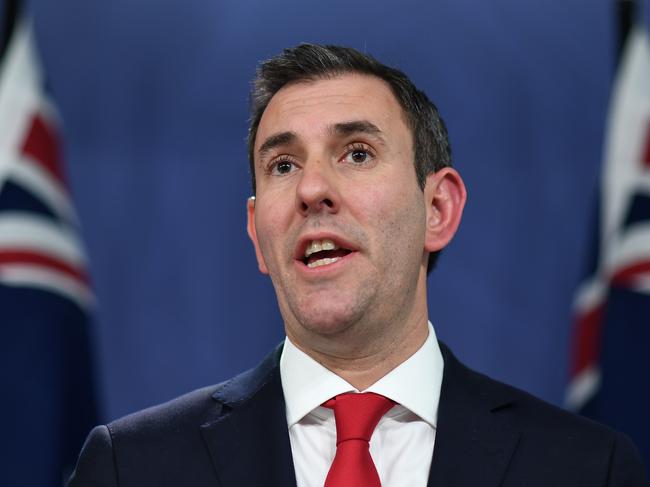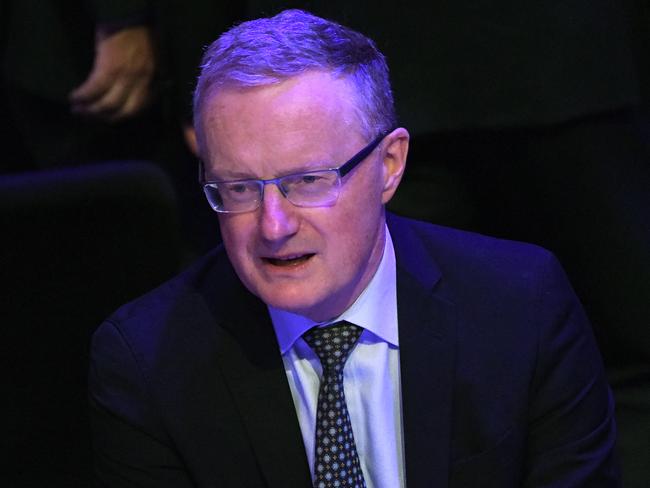New report shows the Big Four banks are reaping an extra $14bn a year by not passing on full rate cuts
A new analysis has shown that the Big Four banks are pocketing a massive windfall each year by not passing on the full interest rate cuts.

Business
Don't miss out on the headlines from Business. Followed categories will be added to My News.
Australian homeowners are forking out an extra $14 billion a year in interest repayments to the Big Four banks because they refuse to pass on the full rate cuts posted by the Reserve Bank.
The Australian reports that the Big Four have withheld a quarter of all Reserve Bank rate cuts since 2011 - and at the same time they’ve cut the interest they pay on deposits by more than the official cash rate reductions.
Prime Minister Scott Morrison got stuck into the big banks last week over their failure to pass on in full the RBA’s October rate cut of 0.25 per cent to a record-low 0.75 per cent, with CBA cutting its rate by 0.13 per cent, ANZ by 0.14 per cent while NAB and Westpac cut by 0.15 per cent.

“Mortgage holders … have a reason to be disappointed in the banks, basically, profiteering,” Mr Morrison said.
Opposition Treasury spokesman Jim Chalmers said Labor would consider increasing the 0.06 per cent tax on the big four banks, plus Macquarie, to increase competition in the sector.

Commonwealth Bank, Westpac, NAB and ANZ control 80 per cent of the mortgage market, The Australian said.
“All of these options should be on the table,” Dr Chalmers told Sky News.
“We need to have a broad conversations about how we can make the banking sector more competitive.
“I’m not favouring one solution or another at this point. The Australian people are up for a more competitive banking system.”
The website RateCity’s analysis of standard variable rates for mortgages and interest rates paid to savers shows standard variable rates have fallen by just 2.99 per cent since October 2011. Over the same period, the RBA has reduced the cash rate by 4 per cent.
The big four banks’ margin on average standard variable home loans has grown to 4.05 per cent over the cash rate, wider than the 3 per cent difference when the RBA began its latest round of monetary easing in 2011, according to The Australian.

The margin is now double the 2 per cent margin that existed before the global financial crisis.
The RateCity analysis found three-year term deposit rates had been slashed by 4.3 per cent, compared with the 4 per cent reduction in the cash rate.
Interest paid on everyday access accounts was sliced by 4.5 per cent over the same period.
Reserve Bank governor Philip Lowe last week warned the sector there was no excuse for failing to pass on the full rate reduction to customers.
“The lower cash rate should be fully passed through into standard variable mortgage rates,” Dr Lowe said. “Full pass-through would also mean that the economy receives the full benefit of today’s policy decision.”

RateCity director of research Sally Tindall said: “Average home loan rates have not come down by nearly as much as deposits or the cash rate (since 2011).
Borrowers will now be paying up to an extra $14bn a year in interest repayments on the big four banks’ 80 per cent share of the total of $1.7 trillion worth of outstanding home loan debt than if variable rates had followed the RBA lower over the same period.
This story is based on an article published in The Australian.
